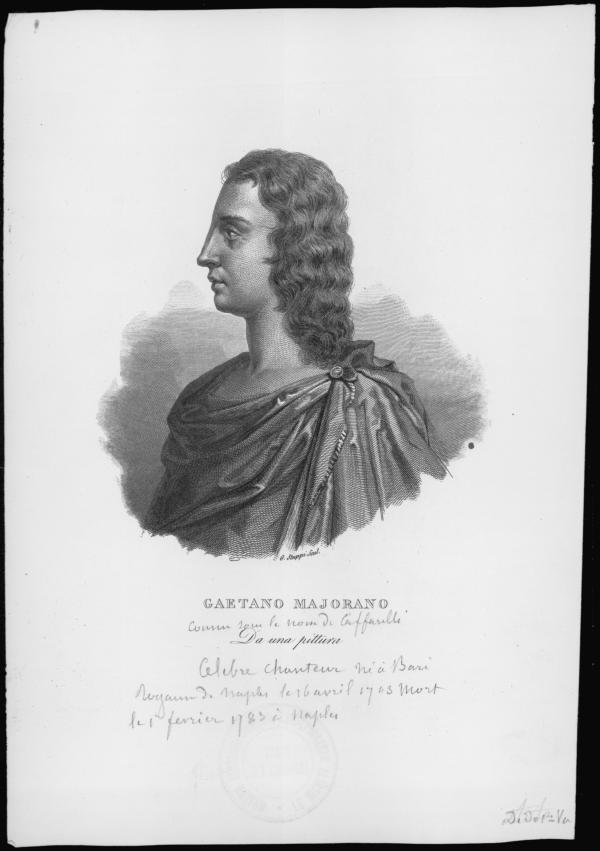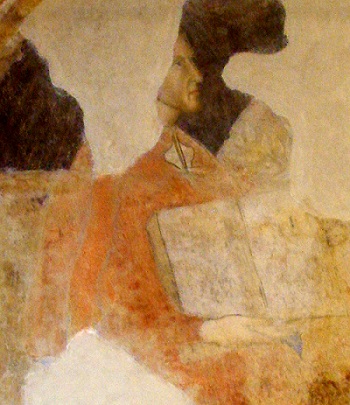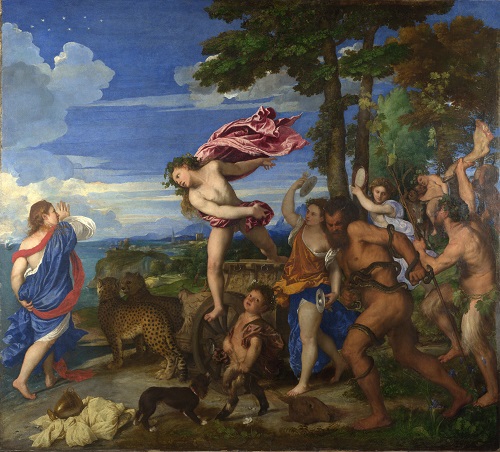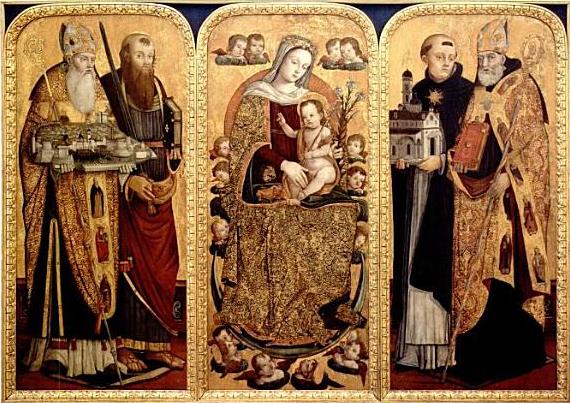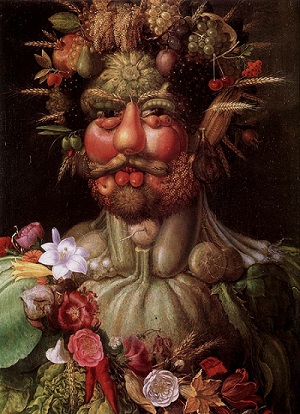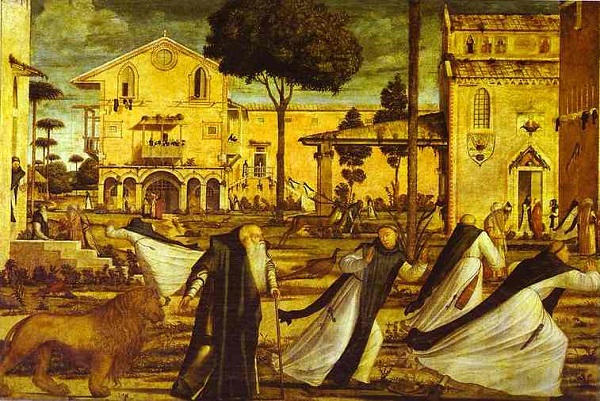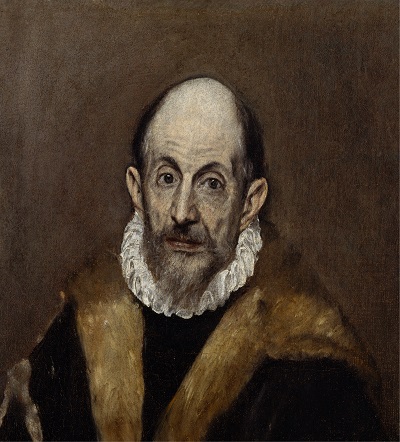
I have just re-watched the extraordinary 2007 movie El Greco, the story of the Greek painter of the Spanish Renaissance, Domenicos Theotokopolous. What a sumptuous feast for the eyes!
El Greco, as he became known was born in Fodele, Crete, a beautiful valley full of olive and orange trees. My husband and I visited the El Geco museum there on a recent trip to Crete. It was a hot summer day and the cool greenness of the valley was a perfect salve for the heat of the day.
El Greco left Crete on the insistence of his father, travelling first to Venice, where he met and studied under Titian, to Rome and finally to Toledo, where some of his greatest work was done. While in Venice he met and was given the patronage of the Spanish priest Fernando Niño de Guevara, but his relationship soured when the priest, fighting his own spiritual and personal demons, becomes a powerful figure in the Spanish Inquisition, and imprisons El Greco, calling him before the Inquisition to answer charges of heresy (relating it was alleged to his use of the image of a so-called prostitute as the muse for a painting of the Virgin Mary).
The power of this movie, and in the story of El Greco, is not only in the revealing of El Greco’s extraordinary creative talent, but also in the strength of his commitment in the face of such barbarity, as represented by the Inquisition, HIs love of family, and his own quest for love and creative freedom, and his capacity to express his thoughts in words as well as in painting, are really central to understanding him.
There are many wonderful books on EL Greco and I urge you to seek one or more out. I was, on the visit to his museum, spellbound and enthralled by the depth of emotion he was able to capture in the faces of his chosen subjects. Visit Fodele if you are ever in Crete even if you know nothing or very little of the work of El Greco. He will forever be remembered both an extraordinary artist and a man of deep commitment to his beliefs.
Some of his notable paintings include St Peter and St Paul (circa 1572), The Purification of the Temple (Rome, 1590-1600), The Burial of Count Orgaz (1586-88) and St Veronica (c.1579). A wonderful book on his icon painting is The Origins of El Greco Icon Painting in Venetian Crete published by The Alexander S. Onassis Public Benefit Foundation.

